Why some bloggers get tons of readers whereas others starve for it? Let me share why people don’t read your blog and how to make them stick.

I am not a blogging guru or have a lot of readers for my blog, either. Still, I will try to answer why people don’t prefer reading your blog based on my so far experience with blogging.
Remember, no matter what I tell you know, you should continue writing. The toughest part is to keep writing when no one is reading your content, but that is how the blogging game works. No blogger had all the readers before he wrote his first hundred articles.
Still, if you keep writing and readers are hard to find, let us analyze and see if you are doing something that needs improvement.
1. Targeting a very Wide Set of Audience
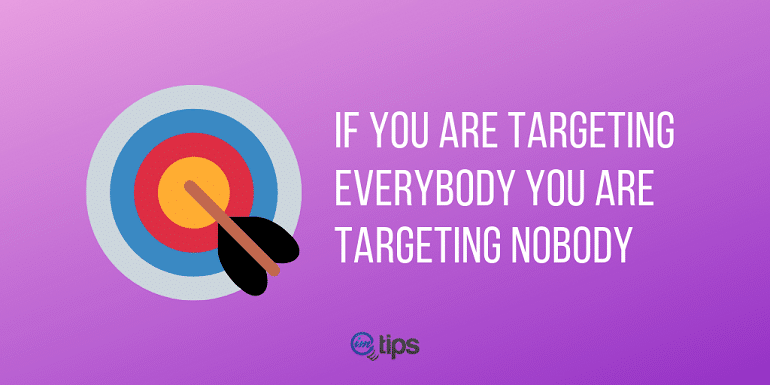
What is the target audience? And why is it so important?
Target audience is the exact reader persona you have in your mind when writing for your blog.
So my blog is primarily for developers who are willing to create an alternate source of income online and have an option to quit the job sometime in the future.
My reader persona is developers with few years of experience and is a range of 25 to 35 years of age who is willing to quit his job (not right at this moment but sometime in the future).
Reader persona includes basic demographics like gender, location, interest, age, education, etc. All these together define your ideal reader.
In simple words, if you don’t know who’s going to read your articles, how will you be able to even write for them in the first place.
While defining the target audience, one must answer the following questions:
- What type of content my readers will like?
- What kind of content will generate a response from my readers?
- How will my reader engage with my blog or articles?
- What are the pain points of my reader?
- Am I properly addressing the pain points through my blog?
- How will my blog help my readers solve their problems?
And so on
The bottom line is one needs to define the target audience actively. There’s no second thought on it. Based on the target audience, you will create compelling content that will help and provide value to your readers.
If you look closely at defining the target audience, you are creating an ecosystem for your blog. It will keep the ball rolling for you in the long run.
Now when you create great content, your readers will read, love, share, and applaud your blog. Besides, they will naturally bring in more organic readers along with them.
2. The Content isn’t Solving Reader’s Problem
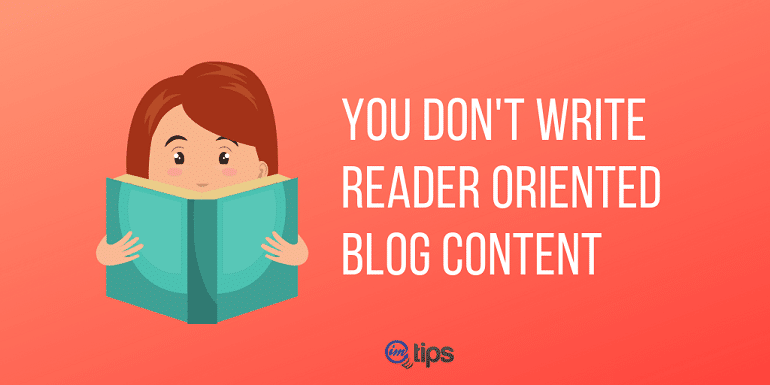
The target audience and blog content are reciprocal to each other. The content must:
- Raise awareness amongst readers about your blog. Also, the content must convey the fact that you genuinely understand their issues.
- Differentiate yourself from your competitors by integrating facts, figures, knowledge, and expertise in the content.
- Establish a trust factor within readers by devising solutions to their problems via a quality blog post.
- Encourage an action like sale, subscription, download by leveraging the right information.
The content should be highly researched, personalized, and should directly speak to the reader, but more importantly, it should solve the reader’s problem. Otherwise, you will find people don’t read what you write.
3. The Content Misaligns With Reader’s Expectation
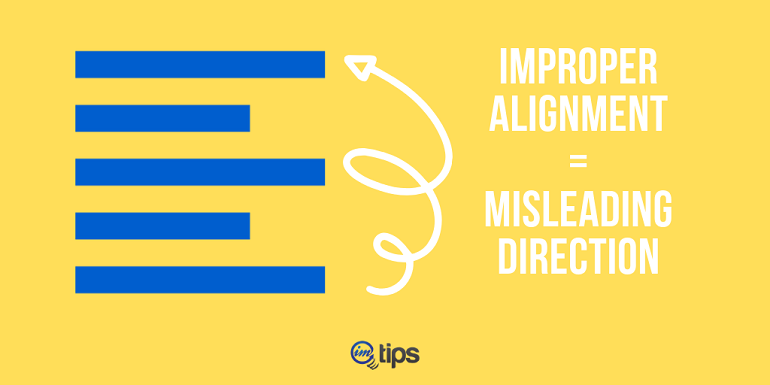
If your blog doesn’t have engaging content, readers will move on and will not read what you write. Writing and publishing content that provides value to the readers is essential and authentic.
Is your writing style flat, whereas it should be conversational? Do you sound like a robot instead of a human?
Does your content engage, persuade, or inspire your reader to take some action? By action, I don’t mean clicking the call to action button. The change in life or an act of giving a thought about what you have said.
The key point of writing conversational content is to establish a connection with the reader. This way reader feels like they’re getting to know you, after all, the reader is a human, not a bot.
When readers feel connected, it creates an opportunity to reach more readers organically.
4. Everything focuses on Making a Sale – Salesy Mindset
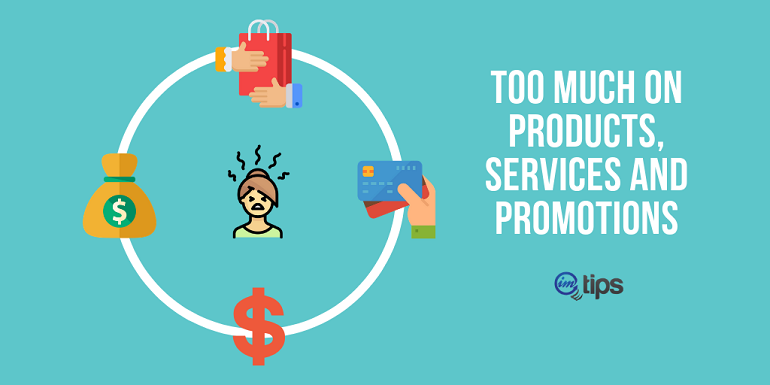
Welcome to Modern A.C. installation and repair services. We provide the best services in town. Our service rates are cheaper than our competitors. Additionally, we will also help you move your furniture, lawn and repair the swimming pool. Call us now for A.C. repairs in 1 hour.
The above piece of content is blatantly salesy and extremely pushy. While the above content may be suitable for an ad but not for a blog, these kinds of phrases will drive readers away. Besides, if you continually publish such type of content, your readers will lose interest and trust.
A blog shall never be a direct marketing tool. Drive user who is looking for AC repair services and solve their problem. Show them you also provide the same, and people will be more than happy to be your blog reader as well as consult you for the services you offer.
5. No Fix Blog Schedule to Create Expectation Among Readers
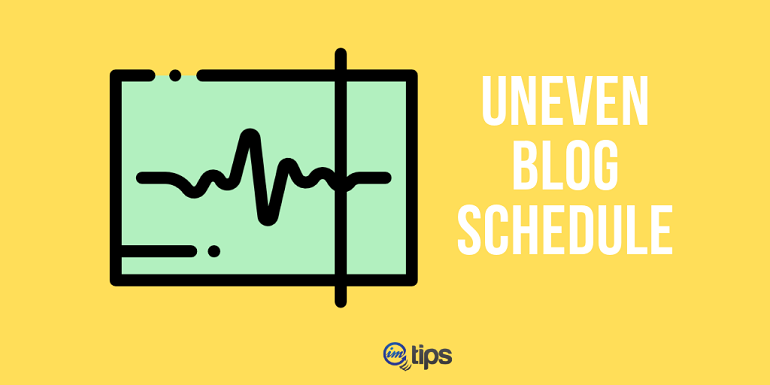
Doing a specific task daily cultivates a habit. And blogging is no different. For a blog to be successful, one needs to create a schedule and publish fresh content consistently. It may be daily, weekly, or monthly (quite rare).
If we talk about blog posting schedule, famous bloggers follow a pre-defined time table. I have mentioned a few of them below:
- Few times daily (Mashable, Forbes, TechCrunch)
- Daily once (Problogger, Seth Godin)
- Few times in a week (Michael Hyatt, QuickSprout)
- Once a week (Wait But Why, Derek Sivers)
- Post when being useful (Viperchill, Backlinko)
I have explained the blog post schedule in one of my articles. Here I have taken examples of popular Bollywood actors. Read How Often One Should Blog – Lessons From Akshay Kumar And Aamir Khan.
So, how often should one blog?
There is no rule for how often one should be publishing an article on his/her blog.
According to Forbes, if blogging is a core part of your strategy, you should be publishing a new post at least once or twice a week, but more often, if your industry, competition, or goals pressure you to do so.
Publishing unique content on a blog is crucial if you want it to thrive.
Publish a new post even if it is once a month or week. The critical point is to stay in the mindset of a blogger.
6. Your Content Doesn’t Provide Value to the Reader
Why will someone invest their precious time reading your articles? They will only if it provides value and brings a meaningful change in their life.
Your content is valuable for you, but does it also give value to the reader?
What does the value mean to the reader?
It answers the questions in the mind of the reader. Secondly, it convinces the reader to take action.
Create great content that is useful, entertaining, and inspiring. As an example, attractive visuals. Adding colorful images, charts, infographics, sketches, and illustrations immediately draws a reader’s attention.
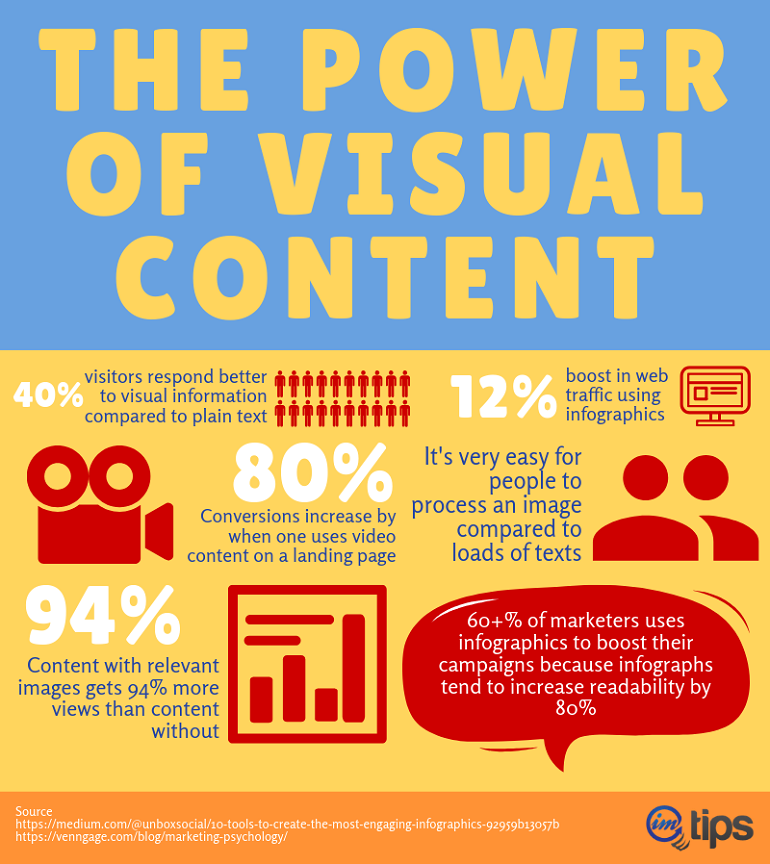
Imagine 3000 words without a single visual! Will it be attractive? And will you stop by to read unless you are writing a thesis on the topic?
Visuals add smoothness to the eye and the content.
On the other hand, people share informative visuals like infographics more.
So, we can say that there are more ways a single element can add value.
Here’s a list of elements that can add value to the content:
- Publish in multiple formats (Audio, Video, Downloadable PDF or eBooks)
- Segregate one piece of content into series
- Add reference links to third-party resources.
- Add related inbound links to milestone content.
- Mention an influencer
- Make content easily shareable on social media.
Take Hubspot’s blog as an example. They write highly researched blog posts. Moreover, they include downloadable material in every post. Then there are tons of outbound and inbound links. This way, they create value for their readers, which in turn gives them loads of organic traffic.
7. Not Enough Images in Blog Posts
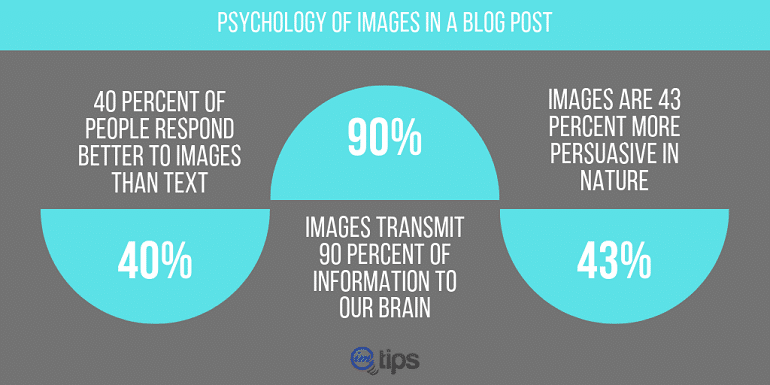
Images speak more than words. The Internet is full of pictures stimulating online growth and audience engagement. Hence, it is needless to say that digital marketers consider images a big part of their marketing strategy. Although, images are a part of visual content, as discussed above.
Now the question is – why should you care about inserting images into your blog post?
- Images increase the reader’s desire to read more.
- Blog post with images has a higher view rate.
- Images generate more engagement & conversions.
- On average human brain processes images faster than texts.
The above points show us that people love images because they are persuasive. A large part of our daily communication is non-verbal. There is no text involved in it. Further, images attract and enhance a reader’s attention and emotions.
So, the conclusion is images drive the reader’s engagement like crazy. Moreover, it’s a great tool in driving hack a lot of readers to your blog post.
8. Content isn’t Scannable
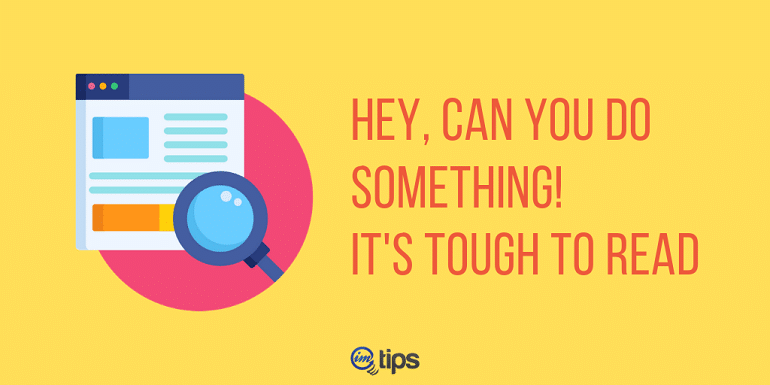
Writing a blog post is entirely different than writing a college assignment. The online world has a set of rules to follow when it comes to formatting your textual content.
The reader will allocate a short time to your content. You should make sure the material is scannable to the readers.
- Blog Post Title & Heading – Include headings and sub-headings that must be short and readable. It must be interesting enough to catch the attention of the reader. Further, the headings (H1, H2, H3, H4) in the content shall be hierarchical.
- The Sentence length – It is implied that too long sentences confuse the reader and sway them away. The ideal catch is to make short sentences which should equal to about two lines or max 3-4 line in a paragraph. More than this is not permissible because it will look visually impaired.
- The Paragraphs – Generally, paragraphs should be short as well, consisting of a maximum of 3-4 short sentences. If you roughly calculate it in words, it must be somewhere between 50 to 150 words. Although variations are always exceptional and acceptable. A paragraph should never extend beyond the readable limit.
9. Grammar & Spelling Mistakes

It is a big turn off for any reader. Grammatical errors and spelling mistakes are no more in existence. All thanks to the evolution in writing technology. Nowadays, you have lots of free tools to align your content according to standard blog practices.
I use Grammarly. Back in those days, when I started writing, I thought I am good at grammar. However, when I checked my writing in Grammarly, I found that I need it badly.
Grammarly is now an add-on in all my browsers. I check all my emails, forum conversation, Upwork client proposals, and other content in Grammarly.
It is an accurate grammar checker tool. It helps you proofread content with auto suggestions so that you can rectify mistakes. See the image below.
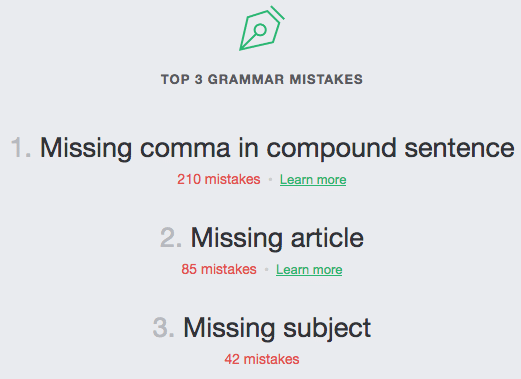
On the other hand, Grammarly is way better than Microsoft Word’s built-in spelling and grammar check. To help you learn more about this fantastic tool, read my Grammarly review.
This article will walk you through all the functions and features of the tool. The bottom line is if English isn’t your first language like me, then Grammarly is the perfect solution.
10. Using Unprofessional Blog Theme

A blog theme is as important as the content. Immaterial of what niche you select to blog about, your theme must be SEO friendly.
Every modern WordPress theme is SEO friendly, but there is much more a theme can do than being just SEO friendly. I always prefer my blogs to be using the Genesis theme, but if you are starting, you can try some free options as well. Look for a theme that supports:
- More than Responsive – Most WordPress themes are responsive, but still, it makes sense to choose the one that works fine on all devices, including mobile and tablet. Though some themes being responsive, do not collapse the menu into a tap-based menu on mobile. So choose one that is responsive but also looks good on small screens.
- Supports Rich Snippets – Google supports rich snippets like review count, bread crumbs, etc. as extra information in search results. Choose a theme that offers rich snippets.
- Being Actively Developed – If the theme is active, it will make sure as the SEO evolves, they will add support for them. Make sure you opt for an actively managed theme by the developer.
- Supports Child Theme – Any theme will not suffice to all your requirements. Over time you will have to customize it. If you customize the parent theme, the updates from the developer can be tough to integrate. Support for child themes helps customize as per your need and have the option to upgrade the parent theme as need be.
11. It Takes Too Long to Load

The loading time of a blog is not only critical for search ranking, but it also offers an excellent reading experience. But why loading time is necessary, how fast your blog must load, and what can be done to improve the speed.
In blogging speed makes or breaks the chances of success. However, you have only a couple of seconds to convince a reader to read your content.
There’s no room for error because delay by just a second would tempt a reader to abandon your blog altogether. The question – how fast your blog should load?
Approximately 4 out of 10 users expect a page load time of 2 seconds or less. If your blog loads under 3 seconds, then it’s okay. Besides, if the speed is around 7 seconds, it’s way beyond the standard threshold.
If the load time doesn’t improve, 6 out of 10 readers will abandon your blog and never return. Now, if we talk about mobile sites, the stats are completely different. Users expect even faster-loading speed on mobile compared to desktop.
Furthermore, sites and blogs are loading under 3 seconds dominating the page speed realm.
According to Louder Online stats, a site that loads in three seconds experiences 22% fewer page views, a 50% higher bounce rate, and 22% fewer conversions than a website that loads in one second.
12. Unoptimized Blog Titles

Blog titles are what readers scan when they first land on your blog. You, me, and everyone else does this subconsciously. The first thing we do is scan all the titles, images, and highlights by scrolling.
The H1, H2, or H3 starting with numbers or catchy adjectives has relatively more attention span. Once done scanning and reading headings and sub-headings, the reading will begin.
Now this time duration is concise, and you will have to entertain and engage a reader within this time. If we can convince the reader, he or she will take further action. Otherwise, leave your blog. However, this happens once the reader lands on the blog post.
In short, your blog titles must be attractive enough to grab a reader’s interest. To help you craft highly engaging titles, I have two essential resources.
Advertising headlines that make you rich and 11 blog title suggestion tools to write great blog titles. Read them and create great blog titles.
13. Too Many Distractions in the form of Subscriber Pop-ups
It is not a bad idea to generate leads, but over promotion will annoy the readers. Look at the image below.
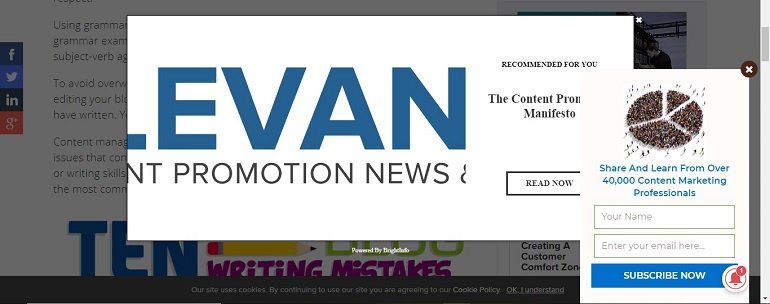
The screen is all covered with a big pop-up, the subscription bot at the bottom corner, and a cookie policy black bar. One can hardly see the page content.
Pop-ups, forms, chatbots, and the slide-ins on webpage distracts user easily. And that’s pretty rude. Imagine the scenario from the user’s point of view.
For example, a user searches for “Positive Quotes” in Google, and your blog comes in the search result. They click on the link and land on the page.
They have hardly read a line or two and BAAM! Your free ebook subscription pops-up. The visitor is mad now, and he/she has every right to be. The problem here is you are trying to make the visitor read or buy something they are not interested in in the first place.
All they wanted is to read Quotes. That’s it. The result is they will immediately switch over. So, this way, you are creating a distraction for your blog.
14. Not Easily Shareable on Social Media
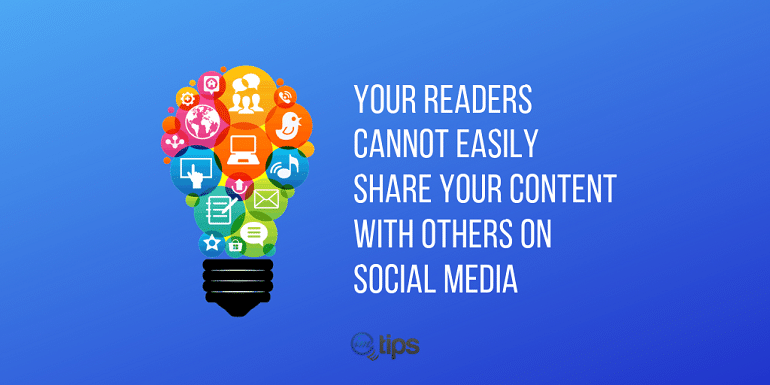
What’s the point of writing if a reader cannot share it with others? You write well-researched articles and publish them timely on your blog. Besides, you haven’t made them easily shareable for readers.
I would recommend using the share buttons plugin from AddThis. This free WordPress plugin makes it easier than ever for your audience to spread your content around the web.
It connects you with more than 200 social channels, including Facebook, Twitter, Pinterest, Whatsapp, and many more. AddThis offers four types of share buttons viz Floating, Expanding, Inline, and Image sharing buttons.
Again, strategic placements of social media sharing buttons are also significant. Above all, they must be visible.
15. No Experiments With Types of Blog Posts

You are targeting a broad spectrum of audiences. Although you have divided them based on their demographics, they are still unique. Each one of them has their own set of likes and dislikes.
Some readers will prefer video over text, whereas some enjoy charts and infographics. A few of them would demand an audio content to which they can listen while traveling at work.
In short, you will have a diverse audience with multiple choices over time.
The experiment is not only with the type of content but can also be with the niche in blogging.
At BizTips, I create a wide variety of content. Besides, I keep on experimenting with different kinds of content.
For example, my core expertizes lies in web development and freelancing. Though, I write about digital marketing, blogging, entrepreneurship, and eCommerce. If you are following BizTips, then you would know I even review books and online tools.
I have also integrated How-to guides in my blog like How to –
- Quit Your Job and be a Self-Employed Freelancer?
- Build A WordPress Website – Step by Step Guide
- Create Fiverr Gigs to Get First Order in Few Hours?
- Use Blog To Get More Programming Clients?
- Get Your First (or Next) Client on Upwork?
These How-to guides bring loads of traffic on my blog. Additionally, they are high-quality, well researched, and value-added content. I get recurring traffic on these kinds of blog posts all year-round.
At the beginning of 2018, I experimented with writing eCommerce guides. The experiment is quite successful to an extent. My experimental blog post on eCommerce has gained good places in Google search.
A few to name are How to –
- Register as a Seller on Amazon India – Step By Step
- Create a World-Class eCommerce Website
- Add A New Product on Amazon India – Step By Step Guide
- Optimize Product Listing at Amazon India for More Sales?
- Enroll in Amazon India’s FBA (Fulfilled By Amazon) Program?
Henceforth, I keep on experimenting with different kinds of blog topic ideas. It helps me learn a lot about my reader, which again helps me write better content. All in all, one should write about what readers want to read and not what they assume readers will like.
Final Thoughts
If an individual is serious about writing, then all of the above points can work constructively for him or her. The above points can be insanely useful to improve readership.
Besides, one will also need to work on promoting the blog to get the ball rolling. The ultimate goal is to convert anonymous visitors into regular readers.
